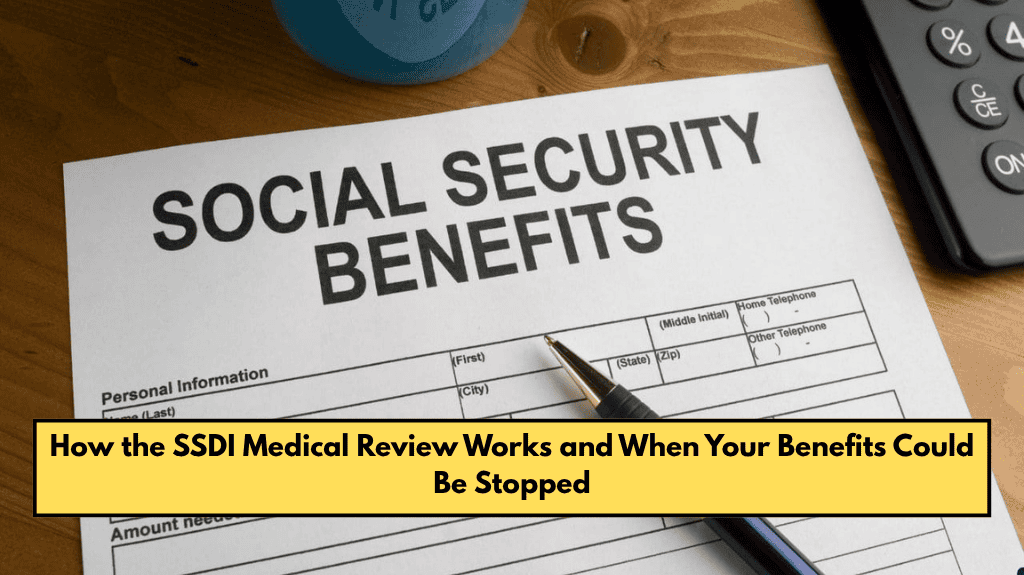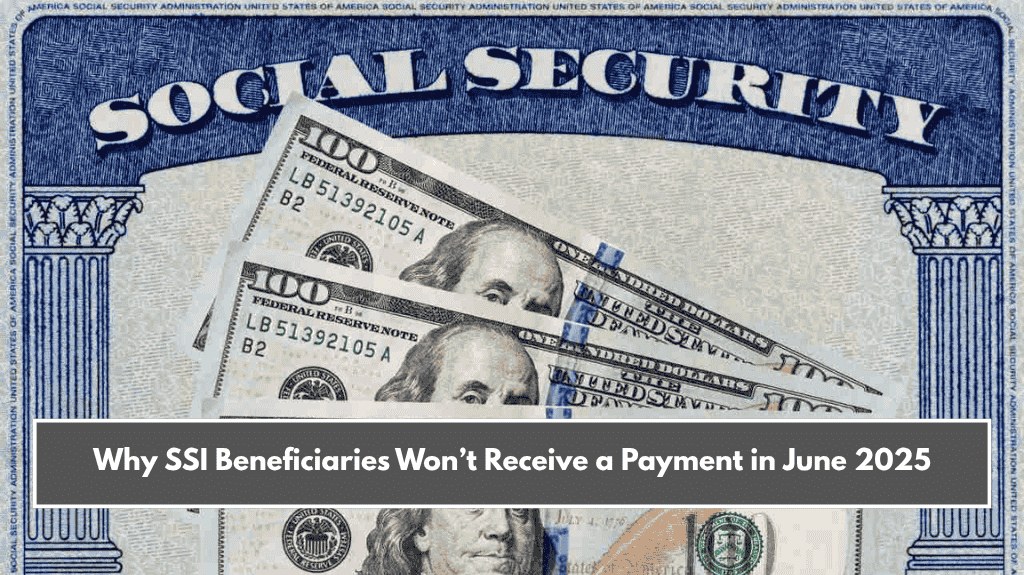If you receive Social Security Disability Insurance (SSDI) in the United States, it’s important to understand that your benefits are not permanent by default. The Social Security Administration (SSA) regularly checks your medical condition through what is called a Continuing Disability Review (CDR). This review decides whether you are still eligible to receive SSDI.
This might sound worrying, but knowing how the SSDI review process works can help you prepare and avoid losing your benefits.
What Is an SSDI Medical Review?
An SSDI medical review is a routine process by the SSA to see if you still qualify for disability benefits. When you first received SSDI, you were approved because your medical condition made it difficult or impossible to work.
Later, the SSA checks again to see:
- If your health has improved
- If you are able to return to work
- If you are involved in any work or training programs
To do this, they may ask for:
- Your latest medical records and reports
- Lab test results or hospital summaries
- Doctor’s notes or even schedule a medical exam with a government-approved physician
Not every review is the same. If your condition is serious or unlikely to improve, the reviews may happen rarely. But if there’s a chance of improvement, reviews might happen more often.
How Often Do These Medical Reviews Happen?
The frequency of reviews depends on how the SSA originally viewed your condition:
Improvement expected: You’ll be reviewed every 6 to 18 months. These are for conditions that can get better with time or treatment.
Improvement possible but not certain: A review is done every 3 years. This is the most common group.
Improvement not expected: You may only be reviewed every 5 to 7 years, especially for permanent or severe disabilities.
You will receive a notice by mail before the review begins. It will explain what you need to do, including sending updated medical details. You must respond within the deadline. Ignoring the notice can lead to losing your benefits.

Why Your SSDI Payments May Be Cut Off
Here are the main reasons your SSDI benefits could be stopped:
- Your medical condition has improved and you’re now able to work.
- You’ve started earning more than the allowed income under the SSA’s guidelines.
- You didn’t attend a medical appointment set by the SSA.
- You failed to send documents they asked for on time.
- You didn’t inform the SSA about changes in your health or work life.
- You gave false or missing information in your review.
If the SSA decides to stop your SSDI payments, you can appeal the decision. If you appeal within the given time, you may request to keep receiving payments while your case is reviewed. But if you lose the appeal, you may have to pay that money back.
How to Prepare and Keep Your Benefits
To avoid problems during the review, follow these steps:
- Always keep your medical records updated.
- Save copies of test results, prescriptions, and doctor visits.
- Report any changes in your health, even if your condition gets worse.
- Let the SSA know if you tried to work but couldn’t continue.
- Stay honest and clear in all your communication with the SSA.
The SSDI program is designed to protect those who are truly unable to work due to a serious disability. But since it’s a review-based system, being ready and informed will help you continue getting your benefits smoothly.
SSDI is a vital support system for millions of people in the United States, but it’s important to remember that it comes with regular checks. The SSA’s Continuing Disability Review ensures that only those who still qualify continue to get payments.
These reviews might seem stressful, but with the right paperwork, medical support, and timely communication, you can successfully go through them and keep your SSDI benefits without disruption.















